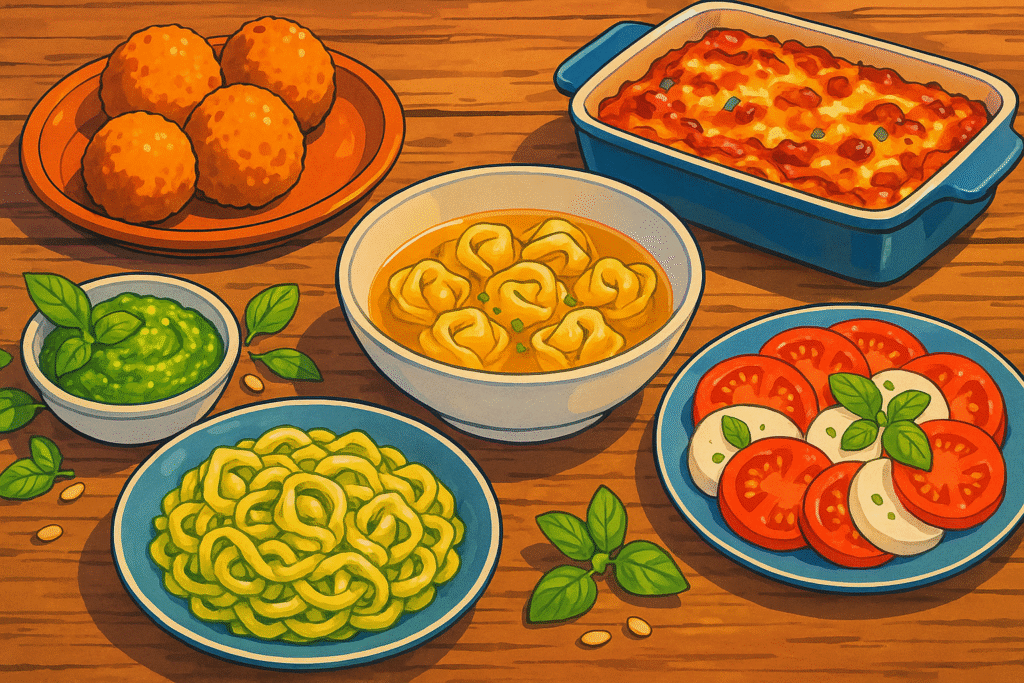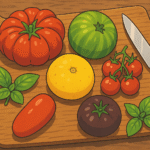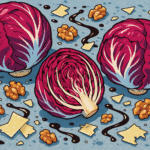Italian Cuisine

Italian cuisine is a vibrant panorama of flavors, steeped in tradition and shaped by centuries of regional diversity. Hailing from the Mediterranean peninsula, Italy’s food is all about simplicity meeting sophistication — local ingredients, cooked with respect, resulting in bold yet balanced dishes. Picture ripe tomatoes and grassy olive oil, sun-dried herbs, flaky sea salt, and aged Parmigiano-Reggiano.
Italian cooking pairs these elements in unforgettable ways, whether in a Roman cacio e pepe, Sicily’s citrus-laced seafood, or a rustic Tuscan bean stew.
What sets Italian cuisine apart is its celebration of seasonality and locality; from Alpine butter and wild mushrooms of the north to the spicy chilies and anchovies of the south, each bite tells a story of place and time.
The History of Italian Cuisine
Italian food’s roots run deep. Ancient Romans cultivated wheat, olives, and grapes — staples that still define the cuisine today.
Over centuries, Italy absorbed influences from Arab traders (think: citrus, rice, sugar), Norman invaders, and Spanish royalty, each adding layers of complexity to local kitchens.
Tomatoes, a New World arrival in the 16th century, revolutionized southern Italian cooking, leading to iconic sauces and pizzas. The concept of “La Cucina Italiana” as a national identity crystallized more recently, as regional peasant dishes gained global prestige. Today’s Italian food is the result: an ever-evolving but fiercely proud celebration of fresh ingredients, time-honored techniques, and the shared joy of the table. Across the globe, Italian culinary methods have inspired everything from Argentine pizza to American pasta salad.

